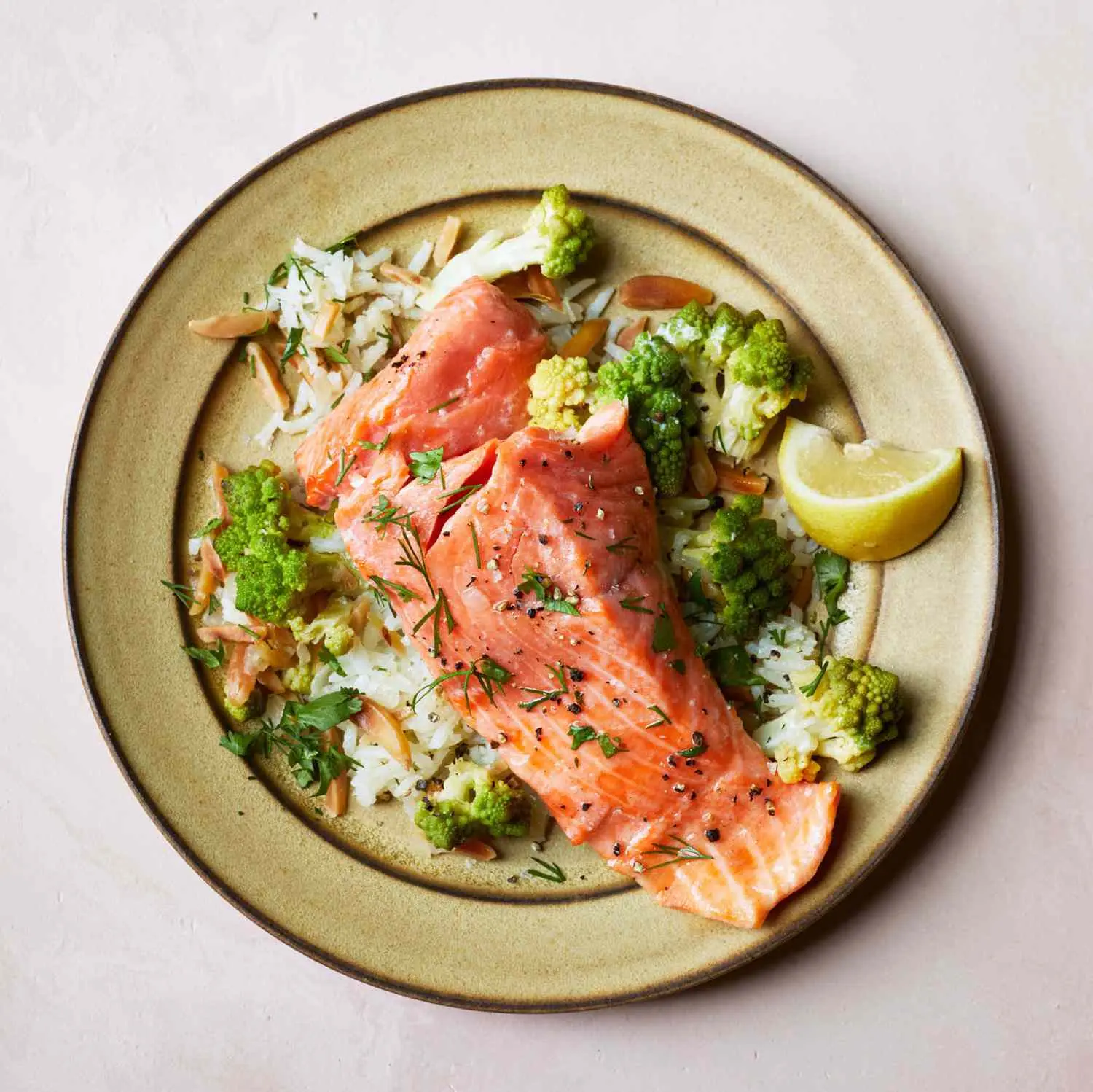Smoked salmon is a delicious and nutritious seafood option that can be enjoyed in various ways. Whether you have a pack of frozen smoked salmon or you want to smoke it at home, cooking it from frozen is a convenient and easy method. In this article, we will explore four different cooking methods for frozen smoked salmon: baking, grilling, air frying, and pan frying.
Why Buy Frozen Smoked Salmon?
Before we dive into the cooking methods, let's understand why buying frozen smoked salmon is a great option. Freshness is crucial when it comes to seafood, and frozen salmon can offer the same quality and flavor as fresh salmon. When salmon is caught, it is rapidly chilled and frozen to lock in its peak freshness. This process is often done right on the boat, ensuring that the fish remains at its best quality. Even top chefs use frozen salmon for sashimi and sushi-grade dishes, so you can trust that it is a reliable choice.
Baking Frozen Smoked Salmon
To bake frozen smoked salmon, preheat your oven to 425 degrees Fahrenheit (or 400 degrees for a convection oven). Remove the salmon from its packaging and rinse off any ice glaze with cool water. Pat it dry with a paper towel to remove excess moisture, then season it to your preference. Coat the fish in a thick sauce or marinade, such as a mustard-based sauce or a teriyaki style sauce for an Asian twist. Place the salmon skin-side down in a baking dish with a fitted lid or cover it with aluminum foil if you don't have a lid. Bake for 10 to 12 minutes, then check if it's done. The salmon should be opaque and flaky. If it needs more cooking time, cover it back up and cook for an additional three to five minutes. Remember that the fish will continue to cook for a few minutes after being removed from the oven.
Grilling Frozen Smoked Salmon
Grilling frozen smoked salmon adds a smoky and charred flavor to the fish. Start by preheating your grill to high heat. While the grill heats up, lightly coat the salmon with oil and season it to your preference. The oil helps the seasoning adhere to the fish and prevents it from sticking to the grill grates. Turn the heat down to medium and place the salmon fillets flesh side down on the grill. After three to four minutes, rotate the fillets 45 degrees to create crosshatch grill marks. Cook for another three minutes, aiming for a total of six to seven minutes on the flesh side. Carefully flip the salmon over to the skin side and cook for an additional two to three minutes. Rotate it again for another two minutes to ensure even cooking.
Air Frying Frozen Smoked Salmon
If you have an air fryer at home, you can easily cook frozen smoked salmon with this method. Begin by coating the salmon with a light film of high-quality oil, such as avocado, sunflower, or safflower oil. Season the salmon to your taste preferences. Preheat the air fryer to 400 degrees and place the salmon on the air fryer rack. Cook for seven to 10 minutes, or until the salmon is opaque throughout or reaches an internal temperature of 135 degrees for well-done. Aim for 125 degrees if you prefer a medium doneness level.
Pan Frying Frozen Smoked Salmon
Pan frying frozen smoked salmon is a quick and easy method that results in a crispy exterior and a tender interior. Heat a sauté pan over medium heat and brush the salmon with your preferred oil. Place the salmon skin-side up in the pan and cook for about four to five minutes until it is browned. Carefully flip the salmon over with a spatula and season it with salt. Cover the pan with a lid to trap the heat and steam the salmon, ensuring that it cooks through. The salmon will crisp up against the bottom of the pan. Cook for an additional seven to 10 minutes, depending on the size and thickness of the fillet, until the salmon is opaque and flaky.
How to Tell When Frozen Smoked Salmon Is Cooked
To check if frozen smoked salmon is cooked, insert a paring knife between the layers of flesh. The flesh should turn opaque when it's done. Perfectly cooked salmon will separate into big flakes. However, keep in mind that high-quality salmon is delicious when cooked medium-rare, with a little bright pink in the center. Many chefs and diners prefer this level of doneness for its tenderness and flavor.
- Can I thaw frozen smoked salmon before cooking?
- Can I refreeze cooked frozen smoked salmon?
- Can I use frozen smoked salmon in salads or sandwiches?
It is not necessary to thaw frozen smoked salmon before cooking. You can cook it directly from frozen using the methods mentioned above.
It is generally safe to refreeze cooked frozen smoked salmon. However, it's best to consume it within a few days after cooking to maintain its quality.
Absolutely! Frozen smoked salmon can be used in various dishes, including salads, sandwiches, pasta, and more. Its smoky flavor adds a delicious touch to any recipe.
Now that you know how to cook frozen smoked salmon using different methods, you can enjoy this flavorful seafood anytime. Whether you prefer baking, grilling, air frying, or pan frying, you can easily prepare a delicious meal with frozen smoked salmon as the star ingredient. Experiment with different seasonings and sauces to create your own unique flavors. Enjoy!
If you want to know other articles similar to How to cook frozen smoked salmon: baking, grilling, air frying, and pan frying you can visit the Cooking methods category.


Related Articles